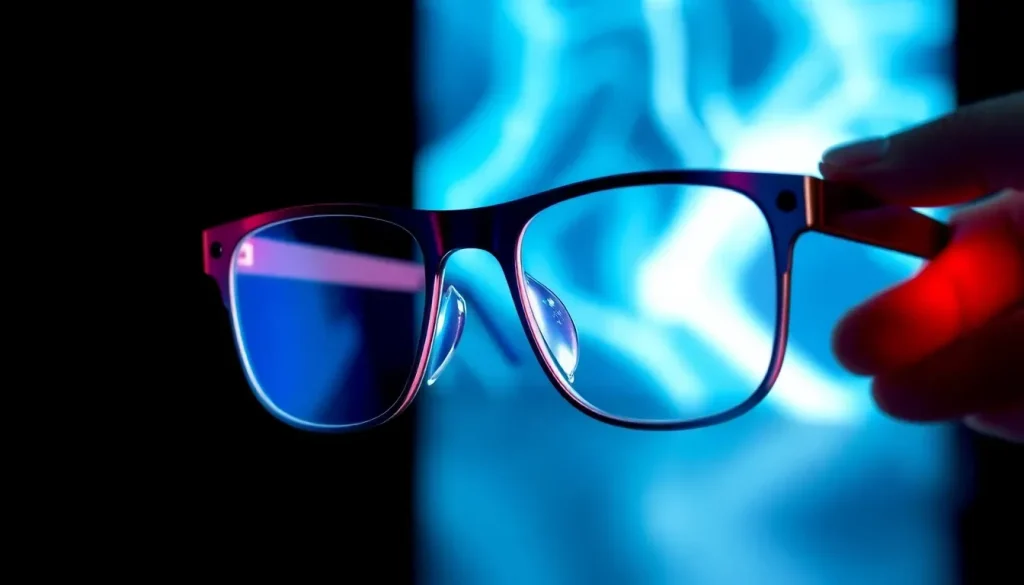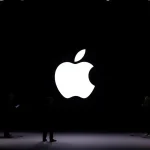AR screen expected with second generation Apple Glasses

As technology continues to evolve, the race for augmented reality (AR) glasses has intensified, with Apple at the forefront of this innovation. With recent developments surrounding Apple's foray into the AR space, questions abound about the features and timelines for their upcoming products. Let's delve deeper into what we know about Apple Glasses, their anticipated capabilities, and their strategic position against competitors.
Is Apple still working on AR glasses?
Indeed, Apple is actively developing its AR glasses, a project that has been under speculation for quite some time. Reports suggest that the company is not only focused on AR technology but is also preparing to launch a product that could rival existing offerings in the market.
Apple's commitment to AR is evident from its extensive investments in research and development. The company aims to create a device that seamlessly integrates digital information with the real world, enhancing the way people interact with their environment.
While details remain scarce, several key points have emerged:
- Apple has shifted its focus from the more complex Apple Vision Pro to lighter, more consumer-friendly glasses.
- The current development phase prioritizes ease of use, indicating a strong push toward consumer accessibility.
- The company is exploring various form factors and use cases to differentiate its product in a competitive landscape.
Will Apple ever release glasses?
The general consensus among analysts is that Apple will eventually release its AR glasses, although the timeline remains uncertain. Recent reports indicate that an initial version may be unveiled as soon as 2026, with a potential consumer release slated for 2027.
However, the first iteration of these glasses is expected to lack certain advanced features, particularly an AR display. Instead, Apple seems to be adopting a phased rollout strategy, allowing developers to adapt their applications for the new platform before a full launch.
This staggered approach is reminiscent of previous product launches by Apple, where they often prioritize a smooth integration for developers and users alike. The anticipated timeline could look like this:
- Announcement of the first version in 2026.
- Developer access to the product for app adaptation.
- Full consumer release in 2027.
Does Apple have AR glasses?
As of now, Apple does not have a commercially available AR glasses product on the market. However, various leaks and insider information hint that the company is in the advanced stages of development. The first version of the Apple Glass is expected to be a non-AR device, focusing on smart functionality rather than immersive experiences.
In terms of capabilities, there are indications that Apple is working on a custom silicon chip designed specifically for these glasses. This chip is rumored to facilitate a range of functions, including:
- Handling phone calls.
- Executing Siri commands.
- Taking photos and possibly even video recording.
This focus on practical features could position Apple Glass as a versatile tool for everyday use, catering to a broad audience.
What can we expect from the second generation?
While the first version of Apple Glass is anticipated to be basic, there are already murmurs about a second generation that could include a fully functional AR display. Speculations suggest that this advanced model may incorporate an AR display into one of the lenses, significantly enhancing user experience.
Details about the second generation remain elusive, but the potential features could include:
- Enhanced augmented reality capabilities.
- Integration with other Apple devices for a seamless ecosystem.
- Improved battery life and processing power.
As Apple continues to refine its technology, consumers are likely to see a focus on quality and functionality, ensuring that the glasses are not just a novelty but a valuable addition to their digital lives.
Apple's competitive landscape
Apple's entry into the AR glasses market comes at a time when competitors like Meta are actively releasing their own products, such as the new Ray-Ban glasses. These products challenge Apple to not only innovate but also to differentiate itself in a crowded marketplace.
To remain competitive, Apple may need to consider several factors:
- Price Point: Offering a competitive price compared to existing AR glasses.
- User Experience: Ensuring a seamless and user-friendly interface.
- Developer Ecosystem: Building a strong app ecosystem to support the glasses' functionalities.
As we await further announcements from Apple, it will be interesting to observe how they plan to navigate these challenges and whether they can establish a strong foothold in the burgeoning AR market.
Keeping an eye on Apple Glass updates
For those eager to stay informed about the latest updates on Apple Glass, there are several resources available. Following tech news sites, subscribing to newsletters, and monitoring official Apple announcements can provide valuable insights. Additionally, platforms like Reddit host discussions that can reveal user perspectives and early reviews once products are launched.
For a deeper dive into the current state of AR technology and its future implications, you might find this video insightful:
In conclusion, while Apple Glass may still be a few years away from public availability, the anticipation surrounding its features and capabilities continues to grow. As the AR landscape evolves, Apple is poised to make significant strides in this area, potentially transforming the way we interact with technology in our daily lives.




Leave a Reply